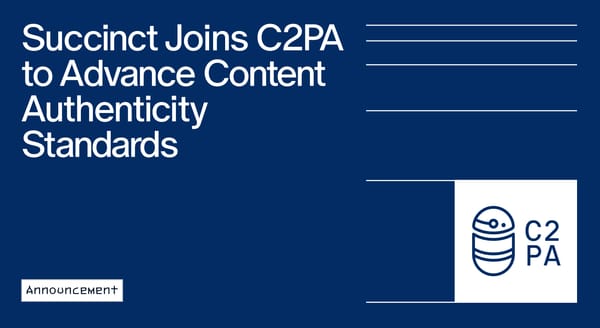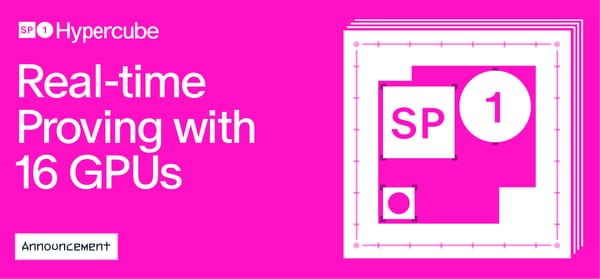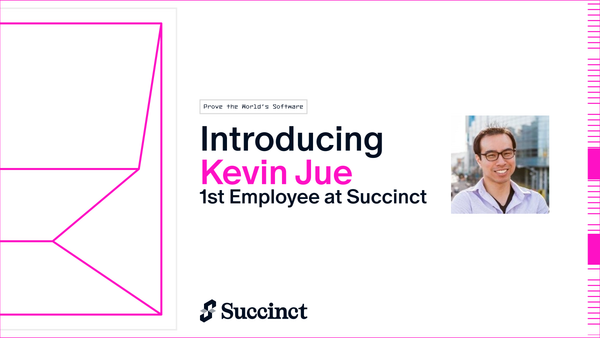Upgrading the Succinct Prover Network: Private Proving Is Here
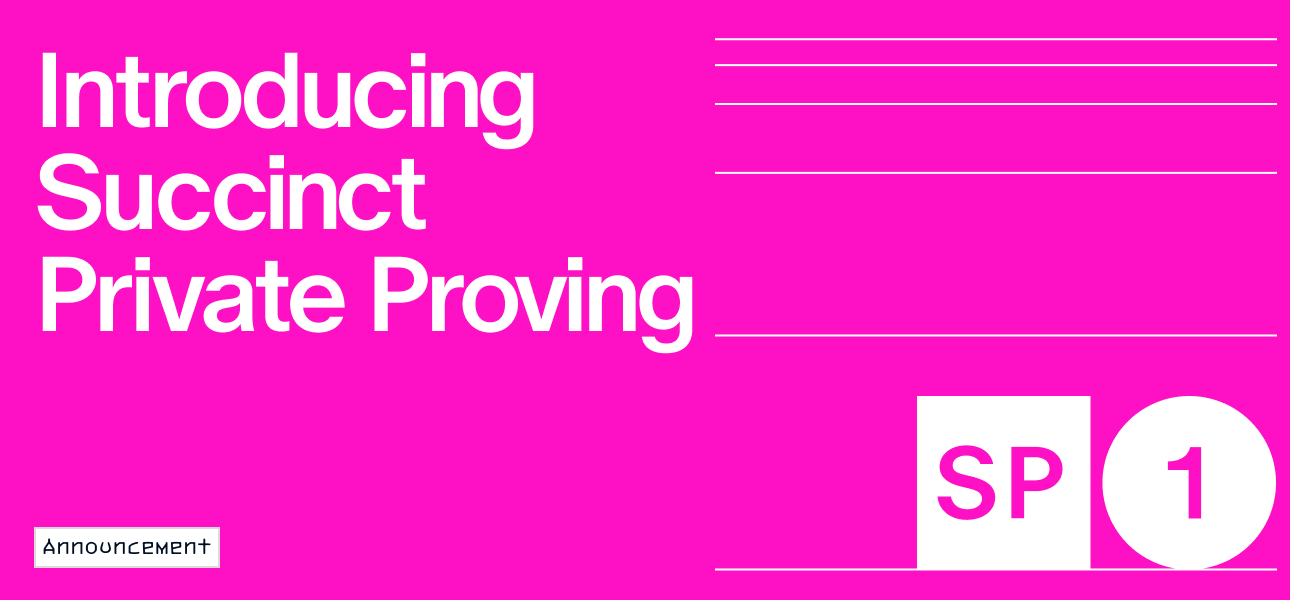
Succinct is taking privacy mainstream with a new product: Succinct Private Proving. Proofs can now be generated inside a TEE, combining the power of the Succinct Prover Network with privacy guarantees. Any application can have privacy from day one, enabling a new generation of applications. Use cases include private payments (à la Zcash), private perp dexes, and much more.
Privacy for Every Developer, At Scale
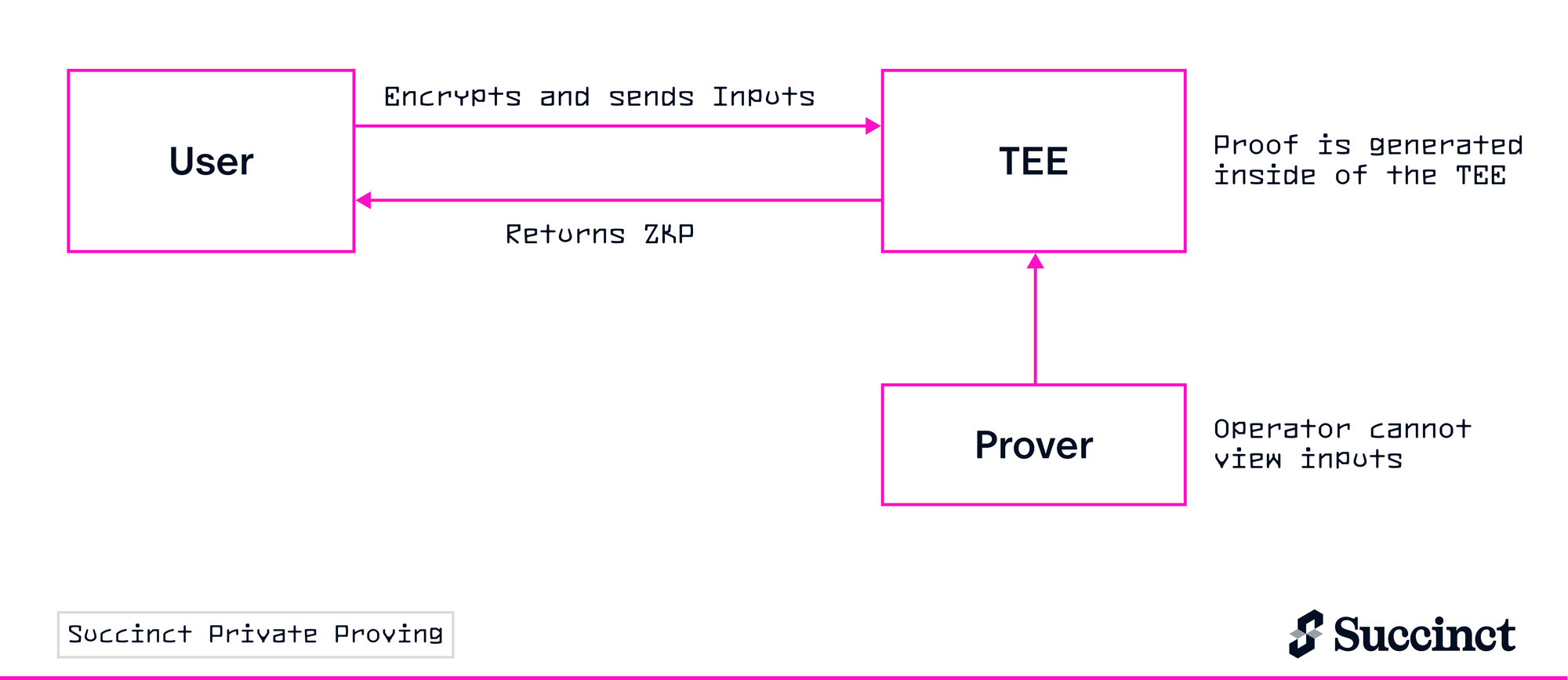
For many years, privacy was one of the toughest frontiers in crypto infrastructure. Building a private system like Zcash required a team of cryptographers, years of research, and thousands of lines of custom circuit code.
Because Succinct Private Proving is built on SP1, our market-leading zkVM, developers can write private applications in familiar languages like Rust. This drives a 100x improvement in developer velocity and experience.
Under the hood, we run SP1 inside an H200 Trusted Execution Environment (TEE). This ensures that neither the verifier nor the prover can see an application’s input data. This setup is critical for teams that have strict privacy requirements. Typically, their applications cannot use cloud setups because they don’t want data exposed to the prover.
With Succinct Private Proving, these teams have the performance and convenience of cloud resources with hardware-level security guarantees. No one, not even the prover, can see the witness. This enables private proof generation at scale, powered by the PROVE token and the Succinct Prover Network.
With Succinct, privacy will be a standard rather than an exception.
Case Study: Hibachi, the First Private Perpetual DEX
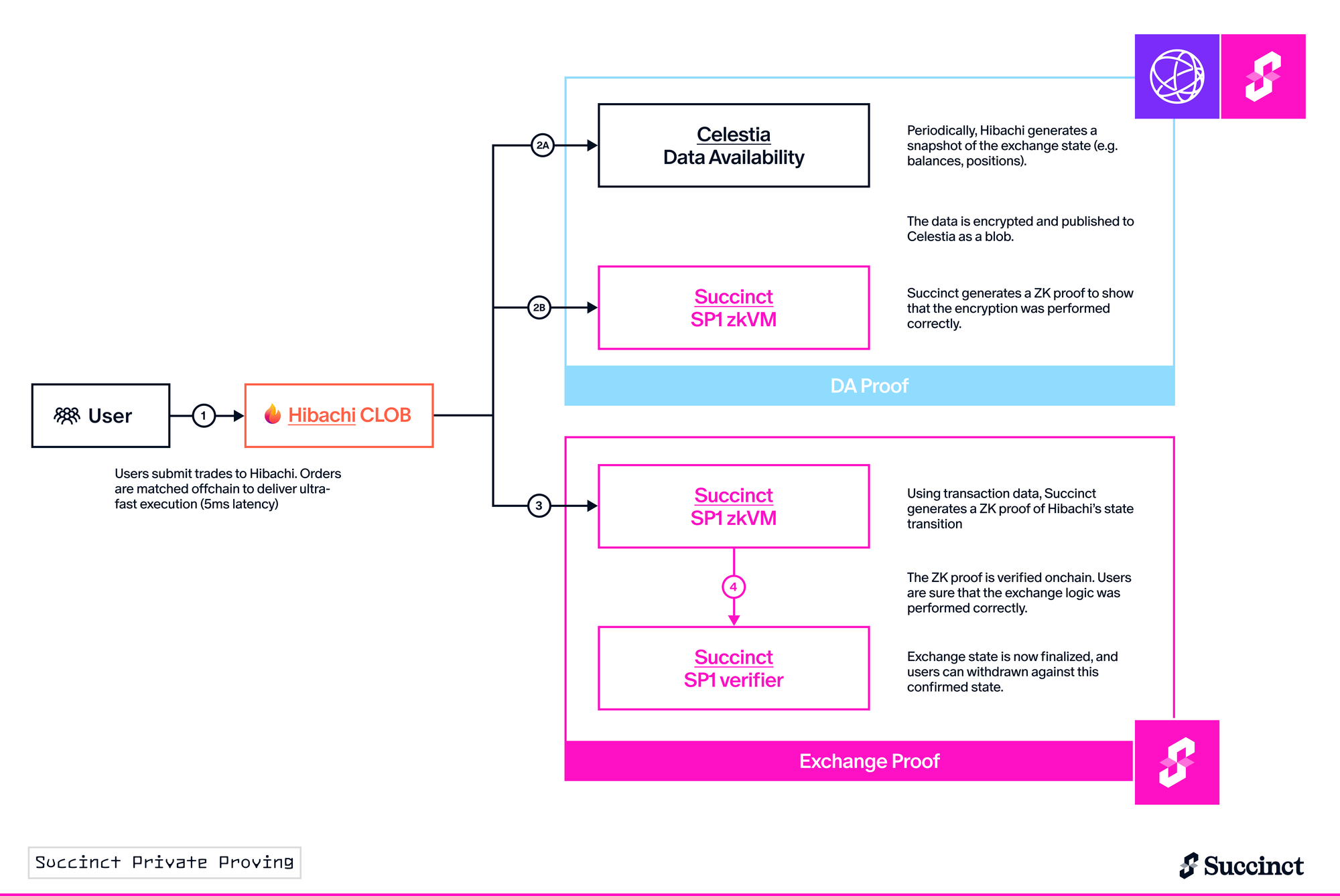
Many of Succinct’s customers are already leaders in privacy.
Most DEXs expose critical information like user balances and positions. Sophisticated counterparties can exploit this data to profit at a retail user’s expense. The risks are real: James Wynn, a popular crypto trader, served as a cautionary tale after losing $100M in a week from his leveraged BTC position on Hyperliquid.
Hibachi took a different path with a privacy-first design that protects traders’ strategies. Using Succinct’s technology, they transformed their orderbook into a private yet verifiable system, giving traders confidentiality without sacrificing transparency.
Today, Hibachi is a leading perpetual DEX that has done hundreds of millions in daily volume on mainnet. The entire integration was completed in weeks — a feat that would have been impossible if they had to write custom circuits from scratch.
Privacy Unlocks a Universe of New Applications
Private DEXs are just the tip of the iceberg. A host of applications are now possible with Succinct Private Proving. We’re especially excited about:
Private Stablecoins
Most stablecoin transfers are fully transparent, which makes it possible to deanonymize users from onchain data. With Succinct Private Proving, developers can create private assets where transfers are unlinkable and balances are confidential, meaning that an external observer cannot detect who and how much value is being transferred.
Private Identity Systems
Projects like Self and ZK Passport are using SP1 to verify identity credentials (e.g., passports and driver’s licenses) directly in Rust.
Previously, each type of credential required custom ZK circuits as there was no standardization in signing schemes for different countries. Today, these can be written as standard Rust verification routines, accelerating developer productivity.
Confidential Compute
Teams like Primus use SP1 to prove properties about sensitive financial data (e.g., creditworthiness, repayment histories) without revealing raw inputs. Individual transaction data are not revealed.
Use Succinct Private Proving Today
Private Proving is live and ready for production applications.
Start building the next-generation of private applications today, powered by $PROVE and the Succinct Prover Network. Get started here.
Special thanks to Phala Network for supplying us with H200 TEEs and providing technical assistance.


